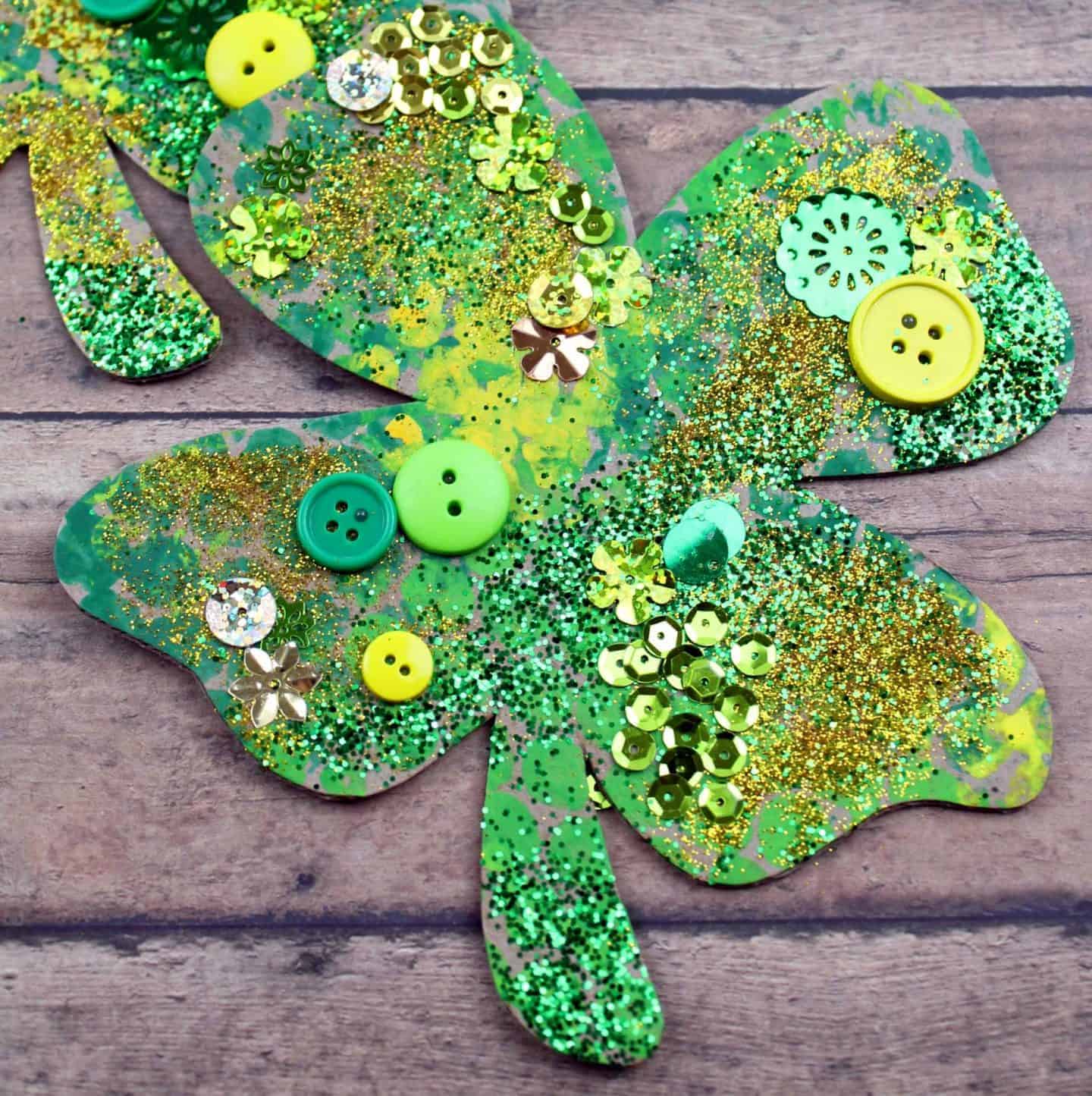Gallery
Photos from events, contest for the best costume, videos from master classes.
 |  |
 |  |
 |  |
 |  |
 |  |
 |  |
The shamrock remains one of the most popular symbols used on Hallmark products and cards for St. Patrick’s Day, and of course, Bradbeer says, all of the products focus on the color green. The humble shamrock, a three-leaved clover, is the most iconic symbol of St. Patrick’s Day. Legend says Saint Patrick used it to explain the concept of the Holy Trinity (Father, Son, Holy Spirit) to the Irish people. Celebrated annually on March 17, St. Patrick’s Day is a holiday known for parades, shamrocks and all things Irish. From leprechauns to the color green, find out how symbols we now associate with In fact, St. Patrick’s Day is a holiday that is quite rich in traditional symbolism. Even though many of these symbols are familiar and even celebrated, people may not know the full meaning behind their usage. The shamrock is one of the most recognizable symbols utilized by St. Patrick. This makes St. Patrick’s Day special for many people who believe in God. Honoring Irish Christian Heritage. St. Patrick’s Day celebrates the rich Christian heritage of Ireland. The holiday recognizes the enduring impact of Saint Patrick’s mission and the deep roots of Christianity in Irish culture. Ireland has a long history with St. Patrick’s Day: History, Traditions & Fun Facts St. Patrick’s Day is one of the most widely celebrated cultural and religious holidays around the world. What started as a solemn feast day in honor of Ireland’s patron saint has transformed into a global festival filled with parades, music, dancing, and a whole lot of green. As St. Patrick was the founding bishop of the Irish church, the symbol may have become associated with him. St. Patrick is traditionally portrayed in the vestments of a bishop, his garments are often decorated with a cross pattée. The cross pattée retains its link to St. Patrick to the present day. A display by Tourism Ireland entitled "Orchestra of Light" featuring a swarm of 500 drones is animated in the night sky above the Samuel Beckett bridge on the river Liffey for St Patrick's Day, as One traditional symbol of Saint Patrick's Day is the Shamrock. "Shamrock" is the common name for several different kinds of three-leafed clovers native to Ireland. The shamrock was chosen Ireland's national emblem because of the legend that St. Patrick had used it to illustrate the doctrine of the Trinity. Revellers attend the Saint Patrick’s Day parade on March 17, 2019 in Dublin, Ireland. Saint Patrick, the patron saint of Ireland is celebrated around the world on St. Patrick’s Day. According to legend Saint Patrick used the three-leaved shamrock to explain the Holy Trinity to Irish pagans in the 5th-century after becoming a Christian Download this stock image: Two artists dressed as Irish cultural figures, one of them carrying a giant shamrock, the symbol of Ireland, entertain the audience with a performance during the St. Patrick's Day parade in downtown Madrid. For the third year, the St. Patrick's Day parade in honor of Ireland's patron saint was held in Madrid. More than 500 bagpipers and floats paraded down Madrid's Discover the history and meaning behind St Patrick’s Day symbols, from shamrocks to Celtic crosses. Explore Irish traditions and iconic symbols of March 17th! St. Patrick’s Day offers a spiritual nudge to reflect on where we’re headed and what we’re being called to do. Taking Action on St. Patrick’s Day. Beyond the parades and parties, one way to honor the spiritual essence of St. Patrick’s Day is through intentional action. Reflect on your life, your own challenges, and how you’ve grown. One of the most common traditions on St. Patrick's Day is to wear a shamrock. Whether it's pinned to clothing, incorporated into jewelry, or printed on decorations, the shamrock is a visible sign of Irish heritage and pride during the celebrations. St. Patrick depicted with Shamrock in detail stained glass windows in St. Benin’s Church, Wicklow, Ireland. By the 1770s, it had undoubtedly been adopted as the emblem of the Irish Volunteers, a militia with republican sympathies. Shamrocks are one of the most recognizable St. Patrick’s Day symbols. Let’s go over the shamrock meaning and history to learn why this flowering plant is so important to St. Patricks Day. The word shamrock comes from the Irish word seamróg, which translates to mean “young clover”. While many symbols of today’s Irish culture were adopted from Celtic history and mythology, one that is widely used on St. Patrick’s Day is more likely a result of English colonization. That being said, Leprechaun originally comes from an old English word for little man, making it a fairy-tale version of a troll or gnome (or maybe even JRR Dive into Saint Patricks trivia with questions about St Patrick’s Day symbols like shamrocks and leprechauns. This St Patrick’s Day trivia quiz blends tradition with fun. Create a St Patrick’s Day trivia game using these Saint Patrick’s Day trivia questions and answers—perfect for a St Patrick’s Day quiz questions challenge! 1. Shamrocks are a symbol of St. Patrick’s Day. St. Patrick used the shamrock as a teaching tool for Christianity, saying that each leaf represent a part of the holy trinity (the father, the son and the holy spirit). It is worn proudly by the Irish, especially on St. Patrick’s Day (March 17th), as a symbol of national identity and spiritual heritage. During the 18th century , the shamrock took on a more political meaning, becoming a symbol of Irish independence during British rule.
Articles and news, personal stories, interviews with experts.
Photos from events, contest for the best costume, videos from master classes.
 |  |
 |  |
 |  |
 |  |
 |  |
 |  |